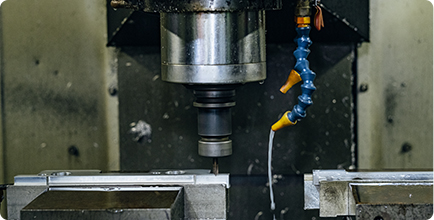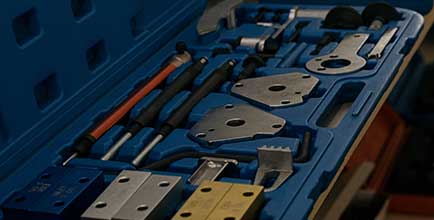Introduction to Oxygen Sensors
In the ever-evolving landscape of automotive technology, certain components play a pivotal role in ensuring optimal performance and environmental sustainability. Among these, oxygen sensors stand out as indispensable devices that contribute to both engine efficiency and emission control. This article delves into the significance of oxygen sensors and their impact on modern vehicles.
Understanding Oxygen Sensors
Oxygen sensors, commonly referred to as O2 sensors, are devices designed to monitor the level of oxygen in the exhaust gases of internal combustion engines. These sensors provide real-time data to the engine control unit (ECU), allowing it to adjust the air-fuel mixture for optimal combustion. This process not only enhances fuel efficiency but also reduces harmful emissions, aligning with the automotive industry's commitment to environmental responsibility.
Types of Oxygen Sensors
There are primarily two types of oxygen sensors employed in vehicles today: zirconia and titania sensors. Zirconia sensors are the most common, operating based on the principle of oxygen ion conductivity. On the other hand, titania sensors measure the electrical resistance changes in the presence of oxygen. Both sensor types serve the same purpose but differ in their construction and the mechanisms by which they detect oxygen levels.
Importance in Emission Control
One of the primary functions of oxygen sensors is to aid in emission control. By constantly monitoring the oxygen content in exhaust gases, these sensors enable vehicles to maintain an optimal air-fuel ratio. This not only enhances fuel efficiency but also reduces the production of harmful pollutants such as nitrogen oxides and hydrocarbons. As governments worldwide tighten emission standards, the role of oxygen sensors becomes increasingly crucial in helping automakers meet these stringent requirements.
Technological Advancements and Future Trends
As automotive technology continues to advance, so do oxygen sensors. Recent developments include the integration of advanced materials and miniaturized designs, allowing for more precise and faster detection of oxygen levels. Additionally, the rise of electric and hybrid vehicles poses new challenges and opportunities for oxygen sensor technology. Researchers are exploring innovative sensor designs to adapt to the evolving landscape of the automotive industry.
Conclusion:
In conclusion, oxygen sensors play a vital role in shaping the efficiency and environmental impact of modern vehicles. As the automotive industry embraces technological advancements, the evolution of oxygen sensor technology remains at the forefront of efforts to create cleaner, more fuel-efficient, and environmentally friendly vehicles. As we look towards the future, the continued development of oxygen sensors will undoubtedly contribute to a more sustainable and responsible automotive landscape.
 EN
EN


















